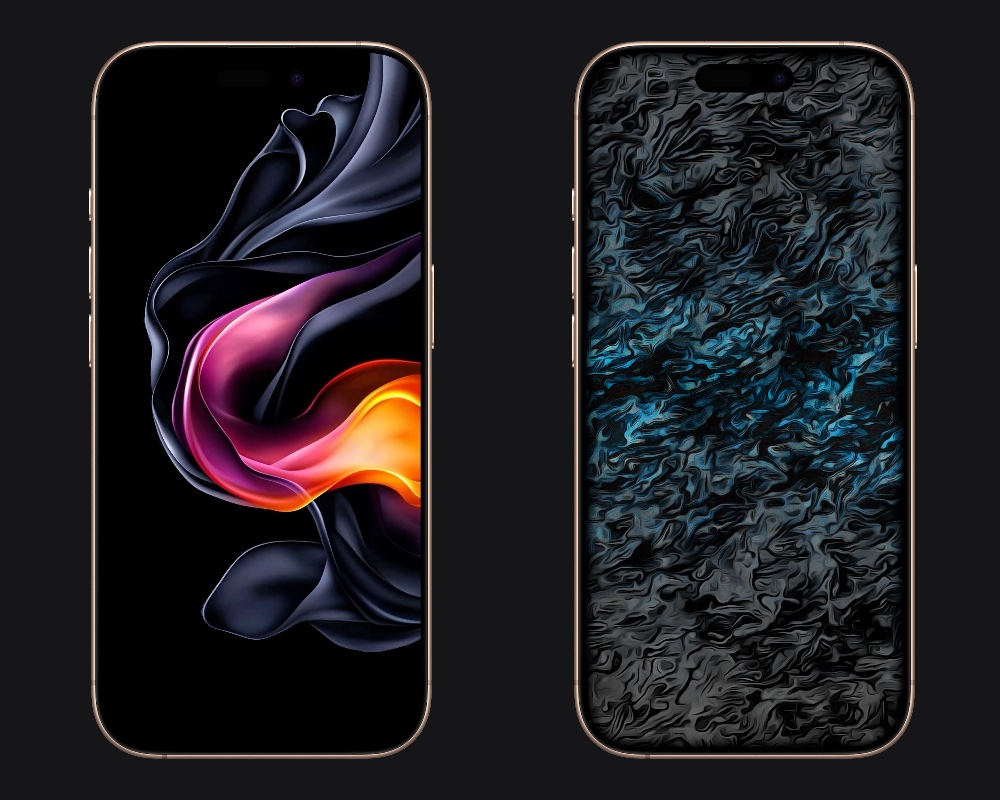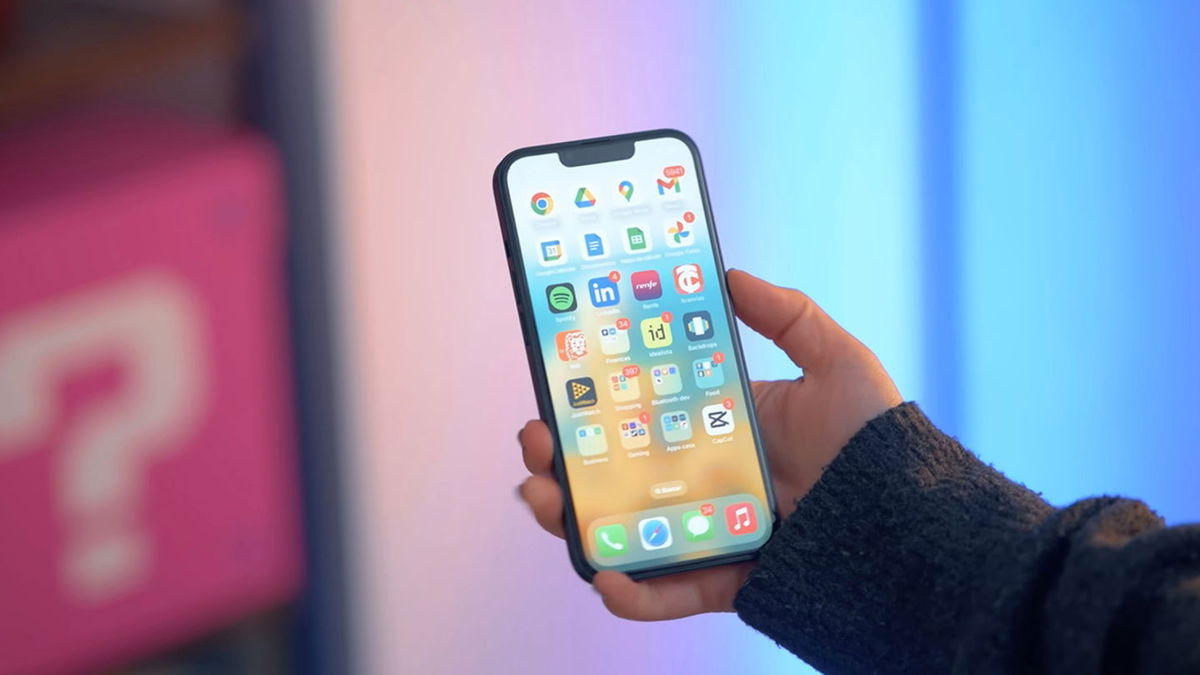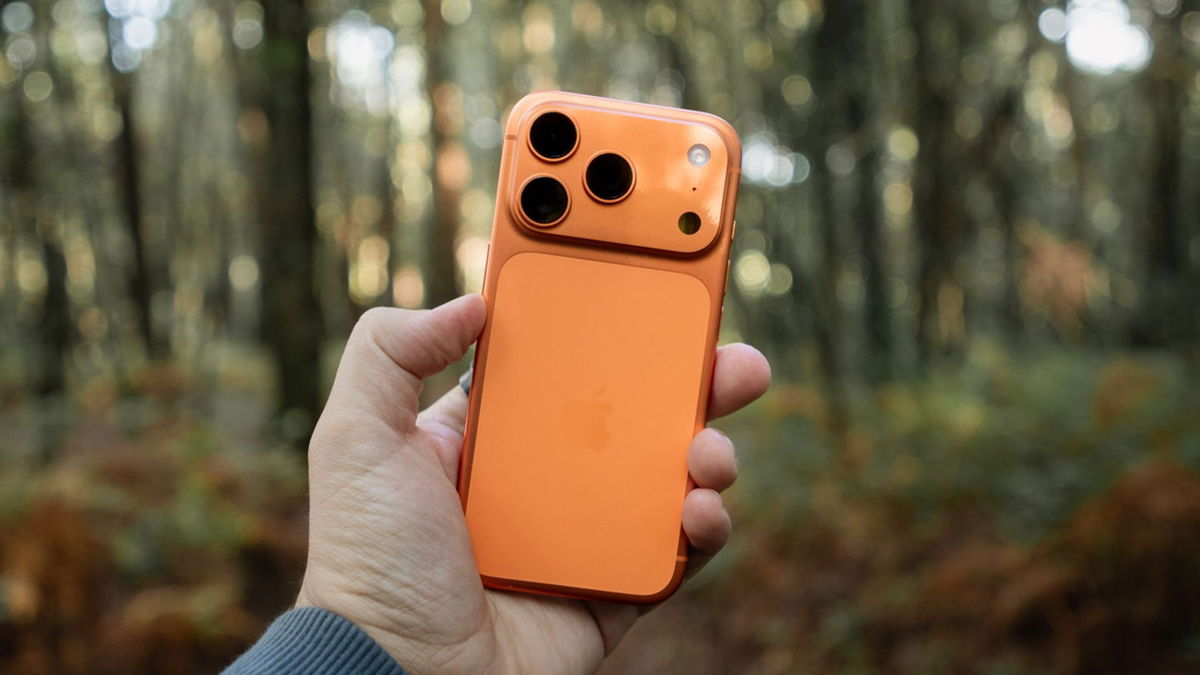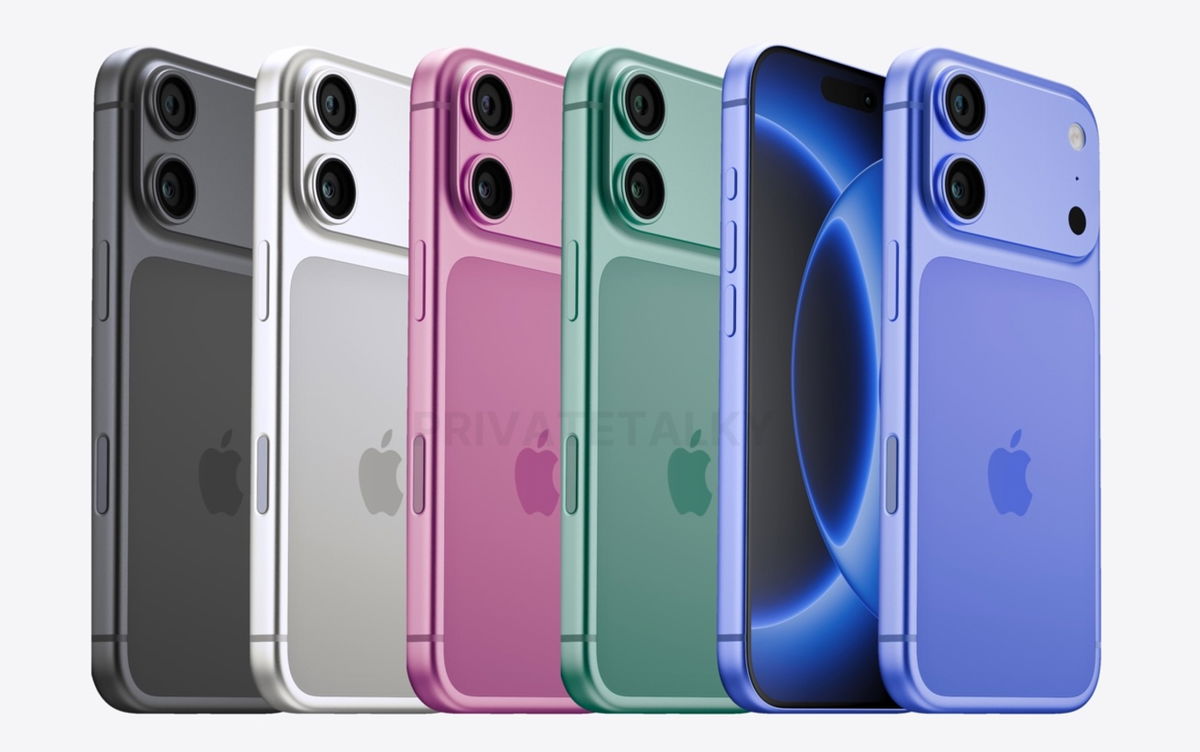TO buy a new cell phoneit is important to consider several factors to ensure that your investment meets your needs and expectations. From camera performance and quality to battery life and network support, every detail can impact the overall experience. So here we present to you seven key aspects What to consider to make the best decision.
OS
The operating system (OS) is the heart of a mobile phone and determines the user experience. The two main contenders are iOS and Android.
iOS: Exclusively for Apple devices, known for their intuitive interface, robust security, and constant updates. It’s ideal if you already own other Apple products, as it provides seamless integration with devices like MacBooks, iPads, and Apple Watches. However, Apple devices tend to be more expensive.
Android: It offers more customization options and is available on a wide range of devices from different manufacturers, from budget models to high-end phones. Android allows you to customize the user interface, install apps from different sources, and change the look of your phone to suit your preferences. Plus, there are options for every budget.
Choosing between them depends on your personal preferences and whether you already have investments in the apps and services of one of these ecosystems.
Connectivity options

Connectivity is critical, especially in the era of 5G technology.
5G: promises super-fast data speeds and better connectivity. While coverage isn’t universal yet, it’s growing quickly. If you plan to keep your phone for a few years, choosing a 5G device is a good idea, as it will allow you to take advantage of faster networks as they expand.
4G: It’s still a viable option, especially if you find a good deal on the used market. If you don’t need the fastest speeds and want to save money, a 4G phone may be enough.
Also make sure your phone supports dual-band Wi-Fi (2.4GHz and 5GHz), Bluetooth (preferably version 5.0 or higher), and, if important, NFC for mobile payments and quick device pairing.
Screen

Screen size and quality are essential for a good user experience.
Size: Large phones like the iPhone 15 Pro Max and Galaxy S24 Ultra have screens larger than 6.5 inches, which are great for media, gaming, and productivity. If you prefer something more compact and manageable, the Google Pixel 7A, with its 6.1-inch screen, is a good option. Consider how you’ll use the phone and whether you need a large screen for watching videos or reading.
Quality: Look for high resolutions (Full HD or higher) and display technologies like OLED or AMOLED for brighter colors and deeper blacks. Displays with high refresh rates (90Hz or 120Hz) provide a smoother experience, especially when scrolling and gaming.
Camera

The camera is one of the highlights of modern phones.
Number of lenses: High-end cell phones typically have multiple lenses (wide, ultra-wide, and telephoto) to provide greater versatility for different types of photography. This allows for wide landscapes, distant details, and close-up macro shots.
Characteristics: Consider features like optical zoom (which preserves image quality), optical image stabilization (to reduce blur in photos and videos), and night modes (to improve low-light photos). Flagship models like the iPhone 15 Pro and Galaxy S24 Ultra have cameras that rival those found in many DSLRs, delivering high-quality photos and videos in a variety of conditions.
Processor, Memory and Storage

The performance of a phone largely depends on its processor, the amount of RAM, and the available storage.
CPU: High-performance processors like the Apple A17 Bionic or Qualcomm Snapdragon 8 Gen 2 ensure excellent performance, allowing you to run demanding applications, high-performance games, and multitasking without any problems.
RAM: For basic tasks, a minimum of 4GB is enough, but if you plan to use demanding apps or games, choose 6GB or more. More RAM helps the phone handle multiple apps and tasks at once without slowing down.
Storage: You can go for a minimum of 64GB, but 128GB is better if you plan to store a lot of photos, videos, and apps. High-end phones, especially those that can record high-quality 4K video, have 256GB or more. With that much space, you’ll hardly have to worry about deleting old files.
If your phone supports microSD cards, that’s a plus, as you can easily and cheaply expand your storage. However, this feature is becoming increasingly rare in high-end models.
Battery

Battery life is vital to keeping your mobile phone running throughout the day.
Ability: Phones with batteries of 4,000 mAh or more typically provide good battery life, enough for heavy use throughout the day. However, actual battery life will vary depending on usage, screen size, and processor efficiency.
Fast charging: This is a useful feature that allows you to recharge your battery in a short time. Make sure your phone has a compatible fast charger. Fast charging can provide several hours of use in just a few minutes.
Wireless charger: It is available in many modern models and offers a convenient way to charge your device without cables. Some phones also support reverse wireless charging, allowing you to charge other devices, such as wireless headphones, from your phone’s battery.
Price

Price is a determining factor for many buyers and should fit your needs and budget.
High quality: Phones like the iPhone 15 Pro or Galaxy S24 Ultra offer the latest technology and excellent performance, but at a high price. They are ideal for users who are looking for the best in terms of camera, screen, and overall performance.
Mid range: They offer great value for money, with plenty of high-end features at a more affordable price. Models like the Google Pixel 8a offer the perfect balance between price and performance, with advanced features without the high price of flagship models.
Low range: Although they are more limited in some features, lower-end or budget phones can still offer a good experience for basic tasks and social networking. They are ideal for users on a budget or those who don’t need the latest specs.
Conclusion
By considering these seven aspects, you can make an informed decision when buying your next mobile phone. You just need to evaluate your needs and priorities to find the device that best suits your lifestyle and budget.
Source: Digital Trends













